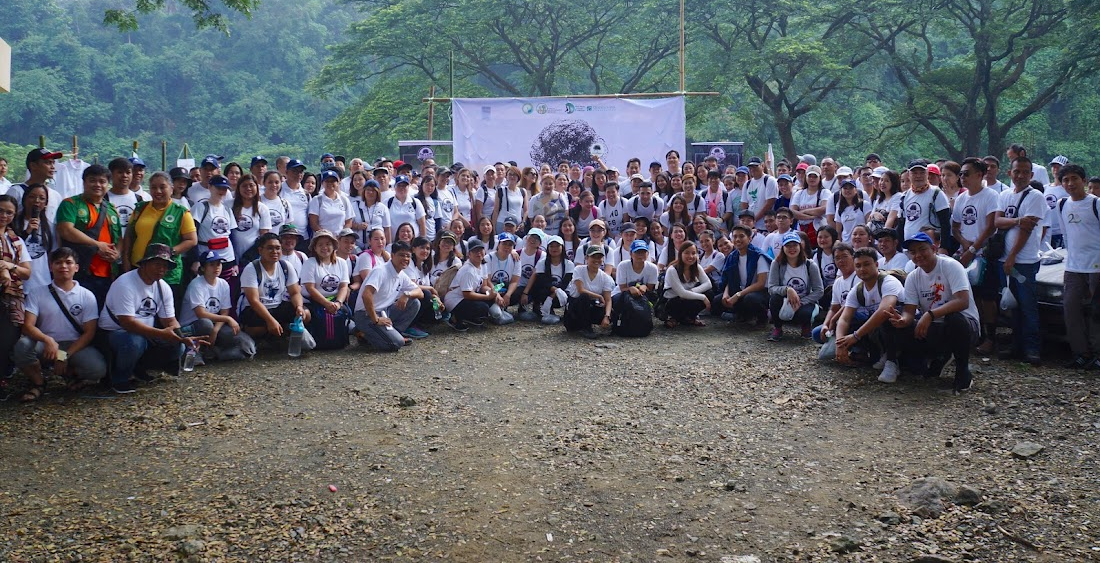About Trees 4 Sustainability
The Trees 4 Sustainability (T4S) Programme is a transformative initiative dedicated to revitalizing Philippine forests. With four key pillars, T4S addresses climate change (SDG 13), supports biodiversity (SDG 15), safeguards watersheds, and fosters sustainable livelihoods. By planting trees, we create carbon sinks, provide homes for diverse species, and protect vital watersheds. This initiative aligns with the Sustainable Development Goals, promoting life on land (SDG 15), life below water (SDG 14), and climate action (SDG 13), ensuring a more resilient and prosperous future for all.
As the highest environmental activity, tree planting remains crucial, yet the tree population continues to dwindle. With a focus on four major issues – watershed protection, and carbon dioxide absorption for climate change mitigation, biodiversity conservation, and promoting livelihood in forestry – T4S aims to popularize the concept of trees as renewable resources.
Drawing inspiration from Finland’s forestry-based economy, where 80% of its economy relies on forestry, T4S seeks to unlock the potential of the underutilized forestry economy in the Philippines. Through strategic partnerships aligned with the Sustainable Development Goals (SDGs) and a crowd-funding initiative, T4S works towards conserving and nurturing our forests for the future.
Emphasizing tree nourishment alongside tree planting, T4S ensures the survival of trees for at least three years. Additionally, the program is championing the Philippine Forest Certifications and proposing a forestry incentive bill in collaboration with the private sector to encourage greater engagement in forestry initiatives.
To address the high transactional cost in the forestry industry, T4S is developing a monitoring app to allow sponsors to track and support their sponsored trees effectively. With the Trees 4 Sustainability (T4S) Programme, PCEPSDI envisions a greener and more resilient future, where forests flourish, ecosystems thrive, and communities find sustainable livelihoods amidst the wealth of our natural resources.
Tree Nourishing activity aims to combat climate change by planting trees that will grow to act as carbon sinks – reservoirs that absorb and store the atmosphere’s carbon with physical and biological mechanisms. Forests, as part of our country’s cultural heritage and biodiversity, also help prevent floods and mitigate the damage caused by typhoons, as they store excess rainwater and prevent extreme run-offs, acting as a sort of protective barrier for the surrounding communities.



